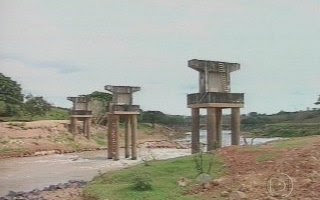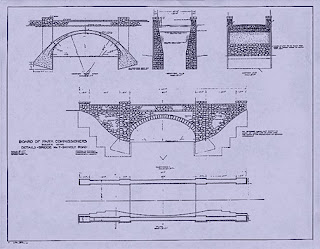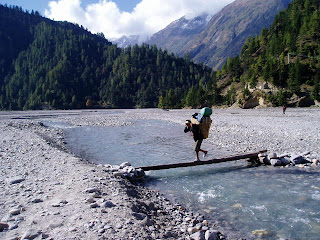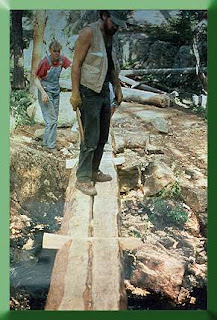When I was a teenager, I spent my summer vacations in a small beach town near Rio de Janeiro. In that city (Rio das Ostras) there was a little river which separated two parts of the town. Back then there was no bridge to cross the river in a specific section of the town.
Over a few years, I was able to experience the bridge being built. When teaching Agile software development practices, I have been using the construction process for that bridge as an example of how Agile delivers business value incrementally and iteratively.
To better explain the analogy, I will take a look into the traditional approach for building bridges and then I will explain the Agile counterpart.
The Traditional development
Traditionally, a bridge construction will be planned in detail. The blueprint will be produced, the budget allocated and the schedule created (perhaps several months of construction).
'Big-bang release' is the term used to describe a common software development release. At the very end the software is released — one big (bang) release. But what happens if it is not successful?
Below are some photos from unfinished bridges.
Half-built bridges or long running construction does not deliver any business value: nobody is able to cross the river!
The Agile Development
Let’s now look into the Agile approach for building a bridge.
The figure below shows a first version view of the bridge (maybe after a first iteration). Even being very simple (and fast to plan and build) the bridge delivers business value: one person at a time can cross the river.
At the next iteration, another piece of wood is added to the bridge. Now, the bridge handles more load and two people can cross the bridge at a time, as well as bicycles and motorbikes.
Perhaps, for the next iteration(s), the bridge is reinforced and now people, bikes, motorbikes and light vehicles are able to cross the river.
Even though it took a while to reach the current stage of the bridge, business value was delivered all along.
In this blog entry, I used an analogy between building bridges and developing software. I wrote about an Agile approach for building bridges. In fact, in this approach I have been a satisfied end user (someone wanting to cross a river). Furthermore, I used this analogy to illustrate how Agile focuses on delivering business value incrementally (and in shorter release cycles) through an iterative development process.
Even though in this example I compared software development to building a small bridge, Agile has been proven to work for large projects as well. I have witnessed large successful Agile projects for which business value was iteratively and incrementally delivered.







